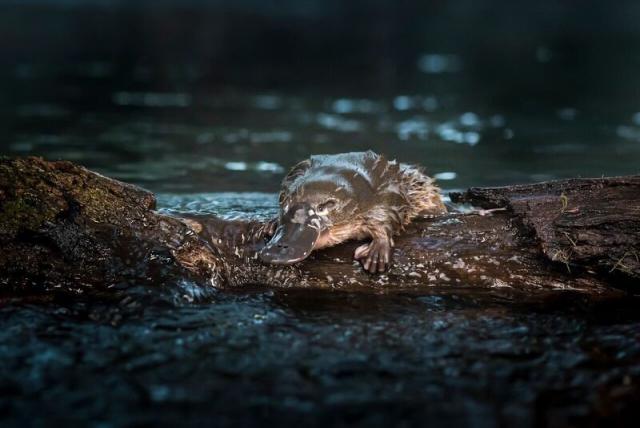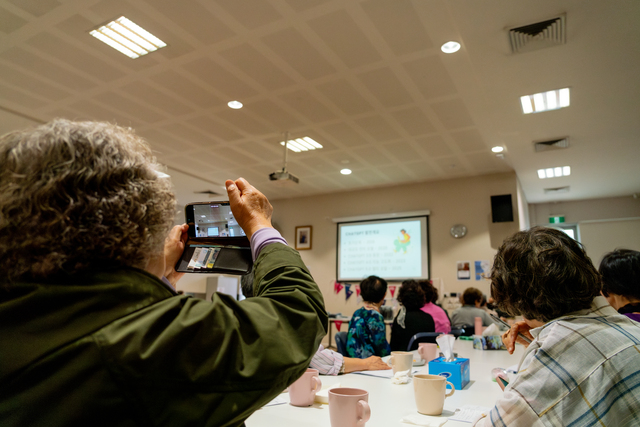Melbourne Water is taking action to protect declining platypus populations in Melbourne’s waterways this spring, including in Wyndham.
Environmental DNA (e-DNA) technology is being used alongside routine trapping methods to initiate a comprehensive surveillance program.
It’s hoped that using this innovative approach will significantly enhance historical trapping data collected since 1995 and monitor long-term changes in platypus distribution across Greater Melbourne, one of the major objectives of Melbourne Water’s Healthy Waterways Strategy
Water samples are collected to capture EDNA to target a single species or communities consisting of multiple species
According to Dr Rhys Coleman, Manager of Waterways & Wetlands Research, platypus shed DNA such as faeces, urine and mucus naturally, which breaks down into the water environment, and can persist for days.
“The combination of DNA samples and traditional methods can be used to understand changes in the distribution of platypus across Greater Melbourne, major threats to their persistence and opportunities to protect them into the future,” said Dr. Coleman.
Maintaining riverside vegetation is also a key objective of the Healthy Waterways Strategy, with it considered particularly important to preservation of platypus populations.
The presence of vegetation along waterways provides multiple benefits for platypus and the overall ecosystem. It offers shade, which helps regulate water temperature, and provides habitat for various aquatic organisms that form part of the platypus’ diet.
The Werribee River is one of metropolitan Melbourne’s largest platypus habitats and Dr Rhys Coleman said by partnering with organisations such as the Werribee River Association, Melbourne Water had been able meet the objectives set out in the strategy.
“To achieve the objectives of the Healthy Waterway Strategy 2018, Melbourne Water collaborates closely with its partners, including government agencies, local government, and the community. This collaborative approach is essential to achieving what needs to be done to protect our precious waterways,” said Dr. Coleman.
“This achievement reflects the commitment of Melbourne Water and its partners to the conservation and enhancement of these important waterways.”
For detailed locations on platypus populations in priority catchment areas, visit the Melbourne Water Healthy Waterways website.







